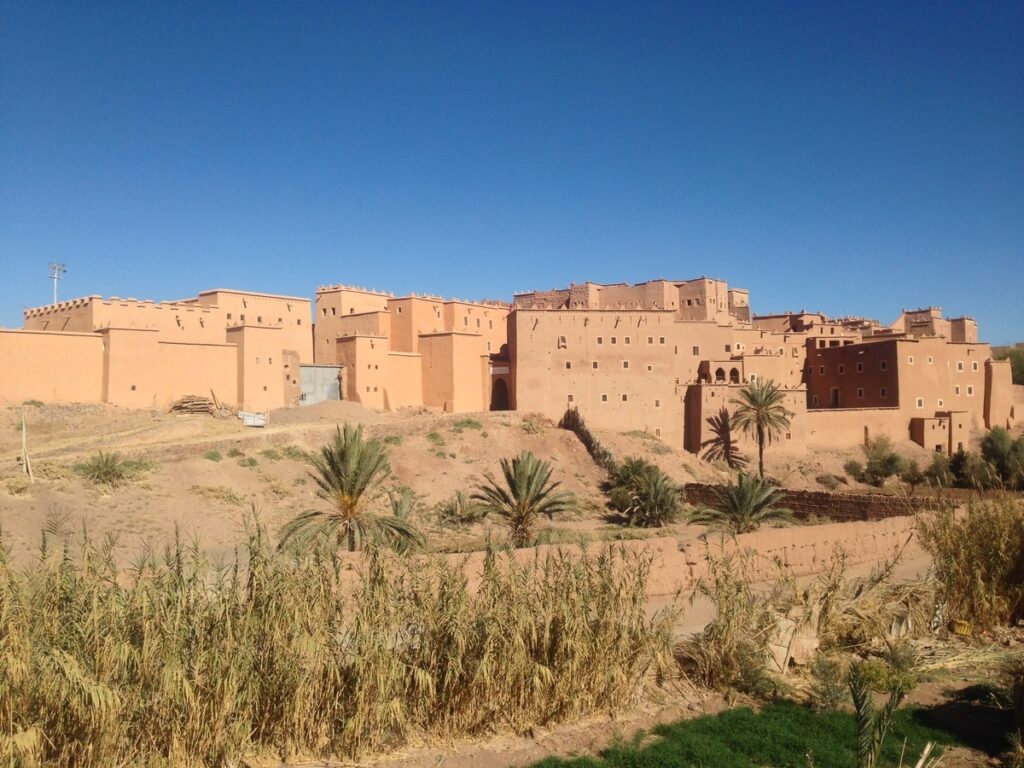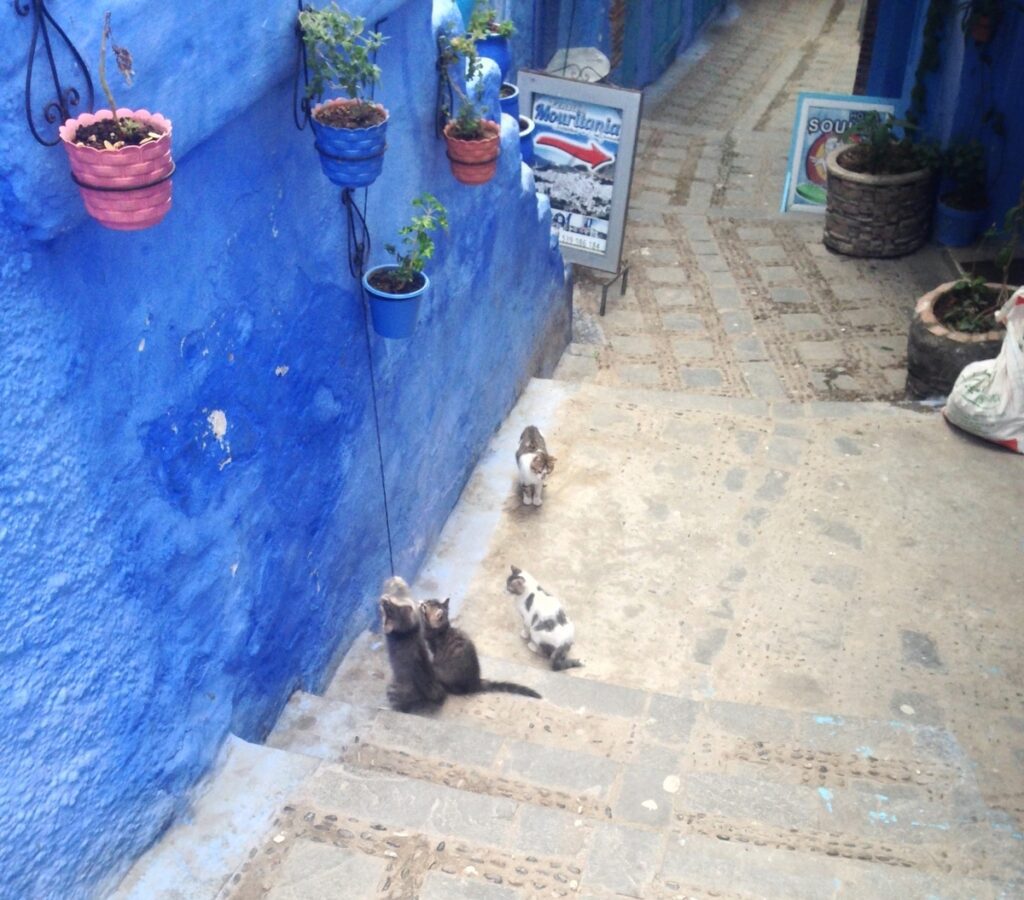When hearing the word “tourist scam,” many travelers might frown. Travel blogs and guidebooks worldwide almost invariably include warnings about local scams. Indeed, being subjected to unreasonably exorbitant prices or encountering fraudulent business practices should be avoided. However, pricing for tourists has itself become established as a kind of “culture” in tourist destinations around the world. In this article, I’d like to explore from a traveler’s perspective how to deal effectively with tourist pricing, and the mindset that can enrich your travel experiences.
The Unavoidable Tourist Pricing

Jemaa el-Fnaa Square in Marrakech, Morocco, where tourist pricing is particularly common.
In every tourist destination, locals have a habit of treating “tourists” as special entities. This sometimes manifests as higher-than-normal pricing, or as aggressive touting. Such scenes are a universal phenomenon seen in tourist destinations around the world.
Especially in regions where tourism is a major industry, it’s not uncommon for tourist pricing systems to be established. This doesn’t necessarily stem from malice; rather, it can be an important element supporting the sustainability of the tourism industry.
Unraveling Tourist Pricing Practices Around the World

A common tourist pricing tactic: charging around $10 just for taking photos with unusual animals like snakes or birds
Different tourist destinations around the world have their own characteristic forms of “tourist pricing.” For example, in Southeast Asian tuk-tuks and taxis, premium rates for tourists have become an unspoken rule. In restaurants around tourist attractions in Paris or Rome, prices that are two to three times higher than what locals usually pay are not uncommon. Venice’s gondolas, Hong Kong’s tourist markets, Istanbul’s Grand Bazaar—in these places, price negotiation itself has become established as a cultural practice.
Local merchants have become remarkably skilled at identifying tourists through years of experience. It’s common to naturally present higher prices to travelers unfamiliar with local rates, setting prices that leave room for negotiation. This is certainly not limited to developing countries. In Europe’s premier tourist destinations, pricing tiers for tourists definitely exist.
Excessive “Scam Avoidance” Makes Travel Boring
However, trying to avoid all tourist pricing might not actually be the best strategy. Tourists who are excessively cautious and constantly pursuing the lowest prices can become unwelcome figures among locals. Is the image of someone checking local prices on their smartphone and persistently negotiating over trivial amounts really the ideal image of a traveler?
Rather, understanding and accepting to some extent the local business customs and pricing structures can often lead to a more fulfilling travel experience.
Traveler’s Etiquette: Behaving with Generosity
Accepting that you are a tourist and anticipating some “tourist prices” is perhaps a healthy travel attitude. Having appropriate “generosity” in building relationships with locals is extremely important.
This perspective becomes even more important when visiting countries with economic disparities. Compared to the average income of local people, the amount we as tourists pay often carries significant meaning.

Nakasero Market in Uganda. Even if you’re charged a bit more, isn’t it still a good deal considering our income and price levels?
Tourist Pricing as a Form of Tipping
The price markup in tourist destinations can be considered an extension of tipping culture. It’s a way of giving back to the local economy and one of the important mechanisms supporting the tourism industry. Especially in regions where tourism is a major source of income, such price differences often serve as important elements supporting the local economy.
Additionally, tourist pricing also has the aspect of maintaining the quality of services in the area. If reasonable profits can be secured, it can lead to the motivation to provide better services. Conversely, excessive price competition may lead to a decline in service quality.
Tourist Scam Experiences that Weave Memories
In fact, “getting scammed” experiences while traveling often remain as the most memorable impressions later on. Negotiations with aggressive touts, unexpected developments, and sometimes unexpected encounters and discoveries—these all become unique stories of that journey. Indeed, when sharing travel memories with friends after returning home, such episodes often become the most exciting topics of conversation.
While traveling according to a perfectly planned itinerary is wonderful, sometimes unexpected events make that journey special. Tourist pricing can lead to deep interactions with locals or encounters with unexpected places and experiences. When the journey ends, the memories that come to mind years or decades later in certain moments—aren’t they often these kinds of experiences?
Conclusion: For Enriching Travel Experiences
Having the mental flexibility to accept “tourist pricing” as part of the journey rather than viewing it merely as deception or loss—this leads to richer travel experiences. Of course, a firm attitude is necessary against obvious fraud or unreasonable demands, but moderate “tourist prices” often function as a lubricant for relationship building at your destination.
In the end, the value of travel cannot be measured by mere financial gain or loss. The experiences, encounters, and discoveries in that place—having the flexibility to comprehensively enjoy these leads to truly fulfilling travel. Even tourist pricing experiences that may seem negative at first can become important elements that transform the journey into a story. Why not embark on your next journey with such a flexible mindset?




![My Experience in Fes: A Memory With The Moroccan Old Man Who Protected Me After Being Mistaken for a Criminal [Morocco Travel Story]](https://en.kosupatravel.com/wp-content/uploads/2025/04/20240804123103.jpg)
